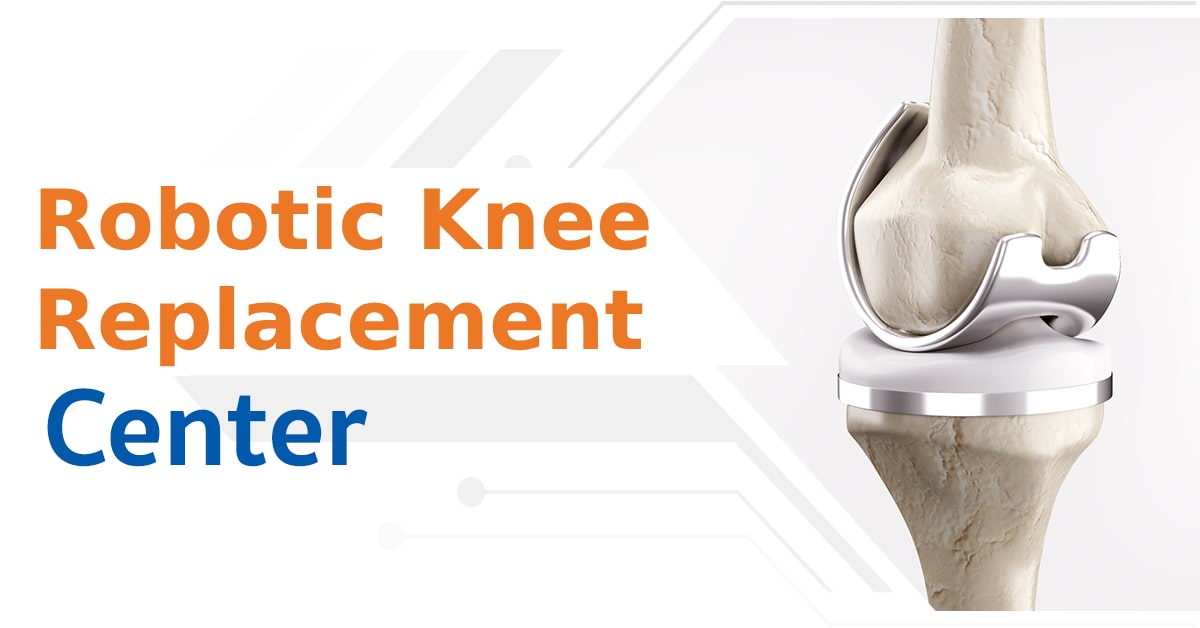
Health Articles
Uterine (Myoma) Fibroids
What is a uterine myoma (fibroid)?
A uterine myoma (also called fibroid, leiomyoma, leiomyomata, and fibromyoma) is a benign (non-cancerous) tumour that grows within the muscle tissue of the uterus. There can either be one dominant myoma in the uterus, or a cluster of many small myomas. Uterine myoma range in size from larger than a melon to as small as a coin. 20-50% of women of childbearing age have uterine myoma. While many women do not experience any problems, symptoms can be severe enough to require treatment. For example, a very large myoma may cause the uterus to stretch to the size of a six or seven-month pregnancy.
What are Common symptoms of uterine myoma (fibroids)? Pain in the back of the legs
Pelvic pain or pressure
Very heavy and prolonged menstrual periods
Pressure on the bowel which may lead to constipation and/or bloating
An enlarged abdomen (this may be mistaken for weight gain or pregnancy)
Pain during sexual intercourse
Pressure on the bladder which results in: a perpetual need to urinate, incontinence, or the inability to empty the bladder
If you do not notice any symptoms caused by uterine-fibroids there is no need to treat them. Your doctor may want to watch them and check for any growth.
How do I know if I have uterine myoma (fibroids)?
When visiting your doctor to investigate these symptoms, your doctor will check the size of your uterus. If it feels enlarged, your doctor may order an ultrasound or a magnetic resonance imaging (MRI) session to confirm the presence, location and size of the myoma.
If the doctor diagnoses your condition to be caused by myoma and based on the size and location of your myoma(s), treatment options will be advised to you. If you do not experience any symptoms caused by the myoma, there is no need to treat them. Your doctor may want to watch them and check for any further growth.
Myoma Treatment Options
There are a number of treatment options for uterine myoma (fibroids). In the past, the most common treatment was a hysterectomy. Today, there are more treatment options to choose from so that women with symptomatic myoma (fibroids) can choose a more suitable option.
When looking at the options available, there are a few factors to consider:
Age
General health
Severity of the symptoms
Obstetric history of the patient
Location of fibroid(s) in the uterus
Medical Treatment
Ovarian suppressing medications such as (GnRH analogues, progestational compounds, antiprogestins), can reduce heavy period.Unfortunately medical treatment generally causes menopause-like symptoms such as hot flashes, mood swings, and bone loss. Fibroid symptoms usually return if treatment stops. Birth control pills reduce heavy period associated with fibroid, but do not stop fibroids growth.
Endometrial Ablation
Endometrial ablation is an outpatient procedure with short recovery time and few complications. Endometrial ablation remove or destroy the lining of the uterus to control heavy bleeding with either laser, microwaves, freezing, boiling water, etc. This procedure treats bleeding symptom but not the fibroids. Endometrial ablation is not indicated for future fertility.
Surgical Treatment
The most common surgical treatment for fibroids is hysterectomy, a procedure where the fibroids are removed along with the uterus. An alternative surgical treatment is myomectomy, removal of just the fibroids. Both procedures required general anesthesia, up to 4 days hospital stay, and 4-6 weeks recovery period. In general, myomectomy is a more difficult operation than hysterectomy and is associated with a recurrence rate of 20-25% at five year. An advantage of hysterectomy is that the fibroids cannot grow back since the uterus is removed.
Indications for Surgical Management of
Uterine Myomas
- Abnormal uterine bleeding not responding to conservative treatments
- High level of suspicion of pelvic malignancy
- Growth after menopause
- Infertility when there is distortion of the endometrial cavity or tubal obstruction
- Recurrent pregnancy loss (with distortion of the endometrial cavity)
- Pain or pressure symptoms (that interfere with quality of life)
- Urinary tract symptoms (frequency and/or obstruction)
- Iron deficiency
- Procedure
What is it?
Vaginal Hysterectomy
Laproscopic Hysterectomy (TLH/LAVH)
Abdominal Hysterectomy
Surgical removal of the uterus.
Due to its invasive nature, this procedure requires some time for Recovery:
- Uses general anesthesia
- 1-2 days post-op in the hospital
- 4-6 weeks of recovery at home
No chance for pregnancy after this procedure
Abdominal Myomectomy Removal of one or more of the fibroids by an incision made in the abdomen to reach the uterus. The uterus remains intact.
Recovery is usually:
- Uses general anesthesia
- 2 nights in the hospital
- 4 weeks of home recovery
Laparoscopic Myomectomy
Removal of fibroids through by laparoscopy using 2-3 half-inch incisions. This procedure only works on small fibroids. Uterus remains intact.
Recovery:
- Uses general anesthesia
- 1-2 days post-op in the hospital
- 4-6 weeks of recovery at home
Hysteroscopic Myomectomy
Removal of fibroids by inserting a hysteroscope through the vagina and the cervix into the uterus. Uterus remains intact.
Recovery:
- Use of general anesthesia
- 1-2 days post-op in the hospital
- 4-6 weeks of recovery at home
Laparoscopic Myomectomy with Mini-Laparotomy
Laparoscopic Myomectomy with Mini-Laparotomy allows for the removal of slightly larger fibroids than what the laparoscope alone can handle and generally includes a relatively small incision of 3 inches or less in the abdomen.
Recovery:
- Uses general anesthesia
- 1-2 days post-op in the hospital
- 4-6 weeks of recovery at home
Dr.Ying-Chi Wang
Qualifications
Medical School
Medial Doctor, Faculty of Medicine
College of Medicine Rangsit University
Board Certification
- Thai Borad of Obstretric & Gynaecology Rajvithi Hospital























